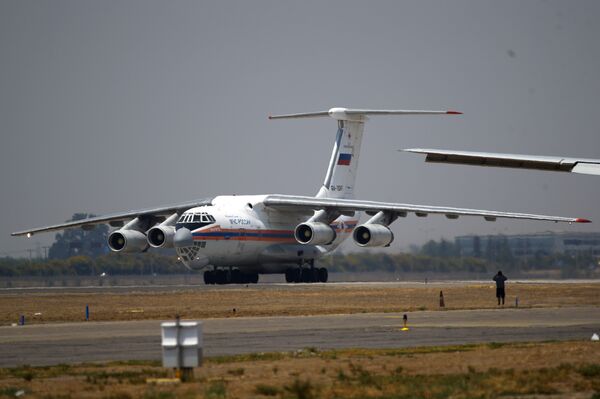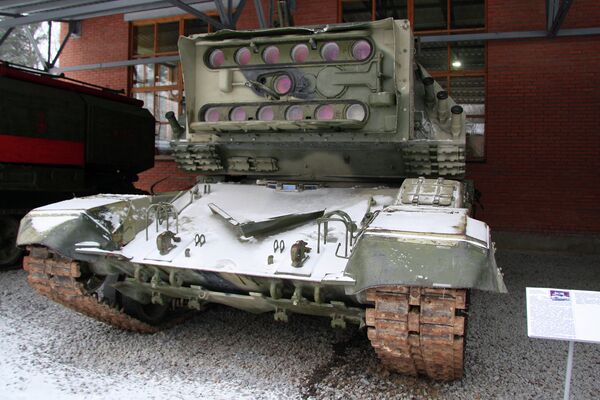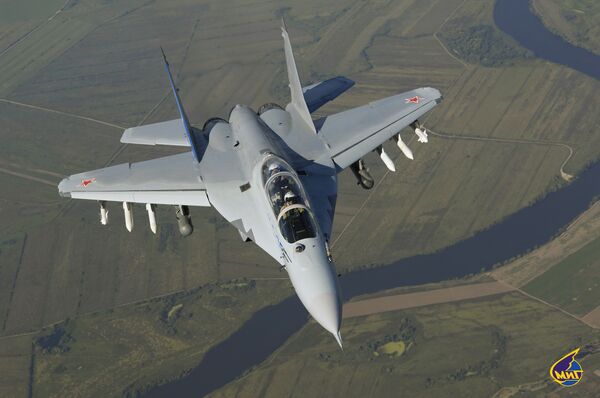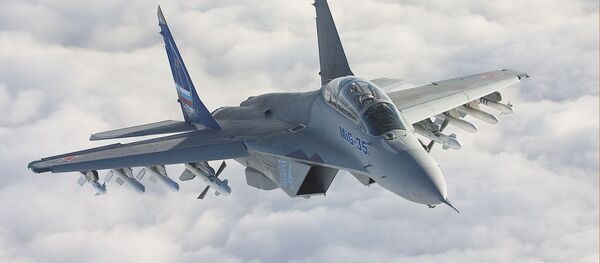Also on March, Lieutenant-General Brad Webb, the head of the US Air Force Special Operations Command, said that AC-130 aircraft-mounted laser weapons are likely be tested in the US before the end of this year.
"Most likely, the AC-130's laser will be used as an offensive weapon capable of disabling ground targets without destroying them completely and without causing 'side losses' or 'collateral damage' among civilians," Russian military expert Ilya Plekhanov wrote for RIA Novosti.
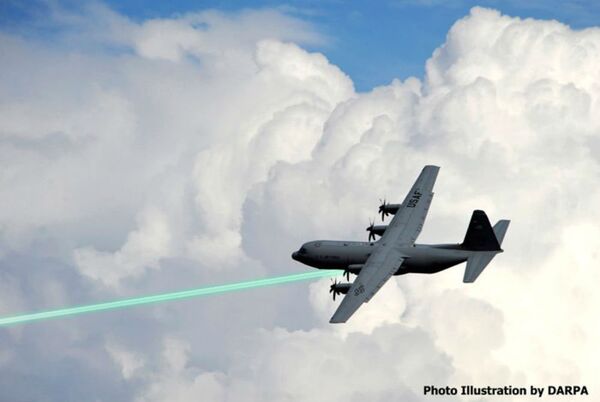
Additionally, after unveiling a 30-kilowatt (kW) laser weapon in 2014, the US Navy is currently poised to demonstrate a next-generation directed-energy laser beam that is much more powerful.
In January 2017, Rear Admiral Ronald Boxall from the US Naval Surface Warfare Center said that the testing of a 150-kW laser weapon could happen within the next 12 months.
The futuristic weapon is set to be used on a test ship, "then, a year later, we'll have that on a carrier or a destroyer or both," Boxall said.
The Navy has used a 30-kW laser weapon system aboard the USS Ponce during patrols of the Persian Gulf, and it has proven especially useful in taking down enemy drones. The 150-kW laser system will be capable of destroying not only drones, but also large air targets, such as cruise missiles and airplanes.
Russia: Breating New Life Into Soviet Ideas and Going Beyond
In August 2016, the Russian Defense Ministry revealed that laser weapons are no longer a novelty for the Russian Armed Forces without specifying what they are potentially capable of.
He further explained that a powerful laser system mounted on an Il-76, a multi-purpose four-engine turbofan strategic airlifter, will be able to counter enemy reconnaissance systems.
"It's guaranteed to disrupt optoelectronic equipment and field sensors operating in the infrared range in space, at sea, and on land," according to him.
"It is a known fact that similar military equipment is under development in the US, however the American airborne lasers are mostly targeting foreign intercontinental ballistic missiles and their re-entry vehicles. And while the Americans haven't been very successful [in that], Russia's aircraft-mounted laser has proved its ability to successfully fulfil the set tasks," he said.
Earlier, Russian media reported that Russian engineers are working to breathe new life in Soviet-era plans to develop a laser tank, a staple of Hollywood blockbusters and video games.
In particular, the media outlets mentioned the 1K17 system which boasted a powerful multi-channel laser on a T-80 tank chassis. A dozen individual lenses amplified the main beam as huge batteries allowed the vehicle to fire multiple "shots" in rapid succession.
In 1992, the first prototypes rolled out of the factory, but the economic chaos in the wake of the Soviet collapse forced the government to cancel the program at the time.
In late January 2017, Russian Aerospace Defense Forces Commander Viktor Bondarev confirmed that the MiG-35 strike fighter would eventually be armed with laser weaponry.
He said that the development of laser weapons for the MiG-35 would begin immediately after flight testing is completed this summer.
Touching upon the issue, Russian aviation expert Dmitry Drozdenko told Sputnik that laser weapons are capable of destroying what are currently known as the "eyes" of a modern aircraft, namely, various kinds of optical sensors and electronics.
"Laser weapons [including those installed on the MiG-35] can disable these components and create massive interference, thereby nullifying the famous Western advantage in electronics," Drozdenko said.
China: Lasers Remain High on the Agenda
Also developing laser weaponry is China, which presented its Silent Hunter laser system at the International Defense Exhibition and Conference in the United Arab Emirates in February 2017.
The system is capable of disabling car engines at a distance of one mile and has a capacity of 50-70 kilowatts.
#China unveils its new laser weapon system called The Silent Hunter, claims an output of at least 50-70 kW https://t.co/34psqI8c12 #IDEX2017 pic.twitter.com/b4RKknVDlZ
— Witek Klec Pilewski (@WitekPilewski) 1 марта 2017 г.
China's other laser system, the Low Altitude Guard II land mobile complex, was presented at a defense exhibition in South Africa in 2016.
Based on a conventional military truck chassis, the 30-kW system is capable of destroying unmanned aerial vehicles and helicopters.
In February 2017, scientists from the Chinese Optics journal were quoted by media outlets as saying that China had successfully tested a ground laser with a capacity of 50-100 kilowatts which is capable of destroying in-orbit satellites.
China Successfully Develops Laser System Able to Shoot Down Drones in Seconds — http://t.co/DGV84F1ok3 pic.twitter.com/5vqHLjMduo
— ADT (@ADTgbp) 10 ноября 2014 г.
During a meeting with People's Liberation Army of China officials earlier this week, President Xi Jinping specifically called for the introduction of scientific discoveries and innovative technologies in the army. He stressed that the new technologies are of paramount importance to the modernization of the country's Armed Forces.
"Therefore it is safe to say that developing laser weapons remains high on the agenda of the Chinese authorities," according to Ilya Plekhanov.
"These two factors contribute considerably to the revival of programs for the development of laser weapons," Plekhanov pointed out.
He recalled that apart from Russia, the United States and China, combat lasers are being actively developed by Israel and Germany.
He predicted that "in the next 10-15 years it will be clear whether laser weapons will enter service at the armies of the leading military powers."
Never miss a story again — sign up to our Telegram channel and we'll keep you up to speed!



